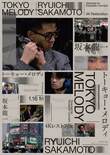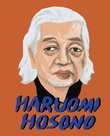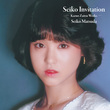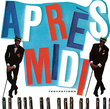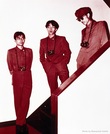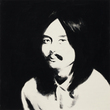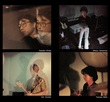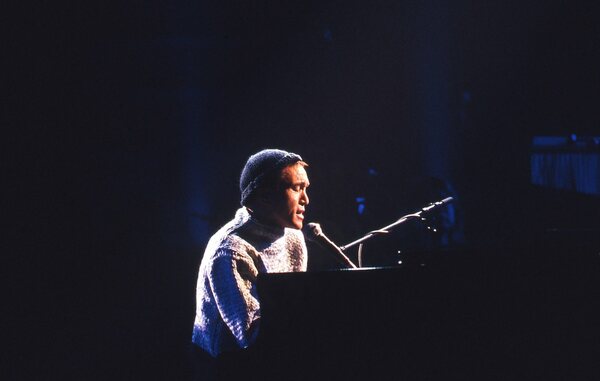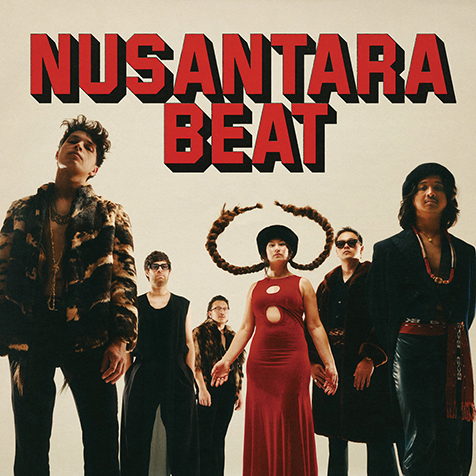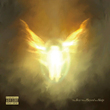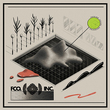O.S.T. “Night on the Galactic Railroad” by Haruomi Hosono - the release of its special edition breaks 33 years of silence, with unknown tracks!
Anyone taken by Animation, “Night on the Galactic Railroad”, would appreciate its O.S.T newly released as further development of philosophy inscribed on the story, or anyone following music of Haruomi Hosono, would enjoy it as unveiling some secrets of his artistry. Its original version, once impressed me in both ways. After all these years, so many unreleased tracks coming into my sight, bring me again, same impression stronger than ever.
Finding unfamiliar tracks?, or missing familiar ones?, my recollections over new and old tracks, started dancing around them awhile. However, there would be something missed by scripts and visuals, which was captured only by sound and music. That is what I think.
The invisibles, blinded by Haruomi Hosono’s well known performances with Tin Pan Ally, and YMO, show up themselves on the cinema filming uncharted town charted by Esperanto, through the music overdubbed. Not groove coming from rhythms, or beats, but such one sustained note, reappeared as in the forms of this, that, overtone, and microtone, veils your body inside textures of sonic / music, layers of sound, in gradual appearance of stellar bodies from “Milky way” literally . It is something carried by the film, or original novel, as we already know. Meanwhile, on the rhythmic tracks, changes of the tempo, modals with ornaments, tempos on slow pace, and slow grooves uniquely articulated generate the sound as folk/tribal music, belonged to nowhere, but possibly landscaped genuinely on the film.
It was same time around “Making of Non-Standard Music” and “S-F-X”, “Night on the Galactic Railroad” was produced as the first original film score by Hosono in the year of 1985. These days, Ryuichi Sakamoto had the soundtrack of “Merry Christmas, Mr. Lawrence” (1983), and Yukihiro Takahashi did the one titled “Poisson d'avril” (1984/86), already. The three soundtracks as electronic sound architectures of visuals and sonic / music by three contemporaries , could tell us liaison, and difference within the three.
translated by Kazuki Takami (intoxicate)



